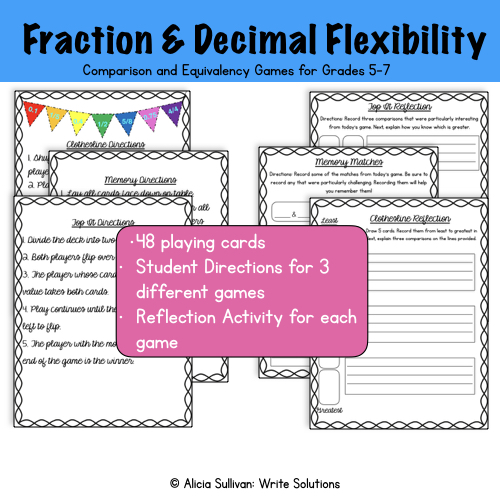Differentiating math lessons for ALL of your learners can be hard. With a few go-to strategies though, it doesn’t have to be overwhelm you! One of my favorite ways to reach students at a a variety of levels in one lesson, is by creating math choice boards. I create my choice board with three student avatars in mind: one who is working on the standard at just the right pace, one who is fast to finish and can dig a little deeper and one who needs additional scaffolds to reach the standard. Here is a Fraction Choice Board and a Multiplication Choice Board I created for Halloween!
How To Differentiate in Math Class
I start with a simple grid- often the size and shape of a tic-tac-toe board. Each row represents a task, or problem for students. Within each row I insert one task for each of my student avatars, and I use symbols to label them. For example, on this Halloween Choice Board, I used pumpkins to indicate the difficulty level of each problem. A 1-pumpkin problem is the simplest, and a 3-pumpkin problem presents the greatest challenge.

There are so many ways to use a Math Choice Boards! Here are just a few:
- Encourage students to complete problems that challenge them.
- Assigning certain problems to certain students.
- Direct students to complete any problems they would like, totaling 10 pumpkins/ dots/ points.
- Students can work in partnerships, choosing a problem and agreeing on an answer before checking the answer key*.
- Fast finishers can complete another “round” of problems. They use a new recording sheet to complete a different problem from each row.
Answers Shouldn’t Be Secrets in Math Class!
Choice Boards build personal responsibility and reflection in learners. Students have to be aware of how challenged they are by problems, keep their frustration level in check, and choose problems wisely. One way I build upon that is to sometimes provide students access to Answer Keys around my room. The answer key is designed to be self-checking and for student use. I place a sticky note over each answer. Once students have completed a problem, they find an “Answer Key Station” in the classroom and peek under just the sticky note they need. This instant feedback helps students to avoid making the same mistake across an entire assignment. When they discover they have an incorrect answer, they revise and rework the problem until they arrive at the correct answer. Knowing the correct answer provides students a target for their hard work. It also frees teachers up to provide instruction to small groups or provide 1:1 coaching!

If this is something you’d like to try in your classroom, you might like this post on Fact Fluency too!













What do you think?